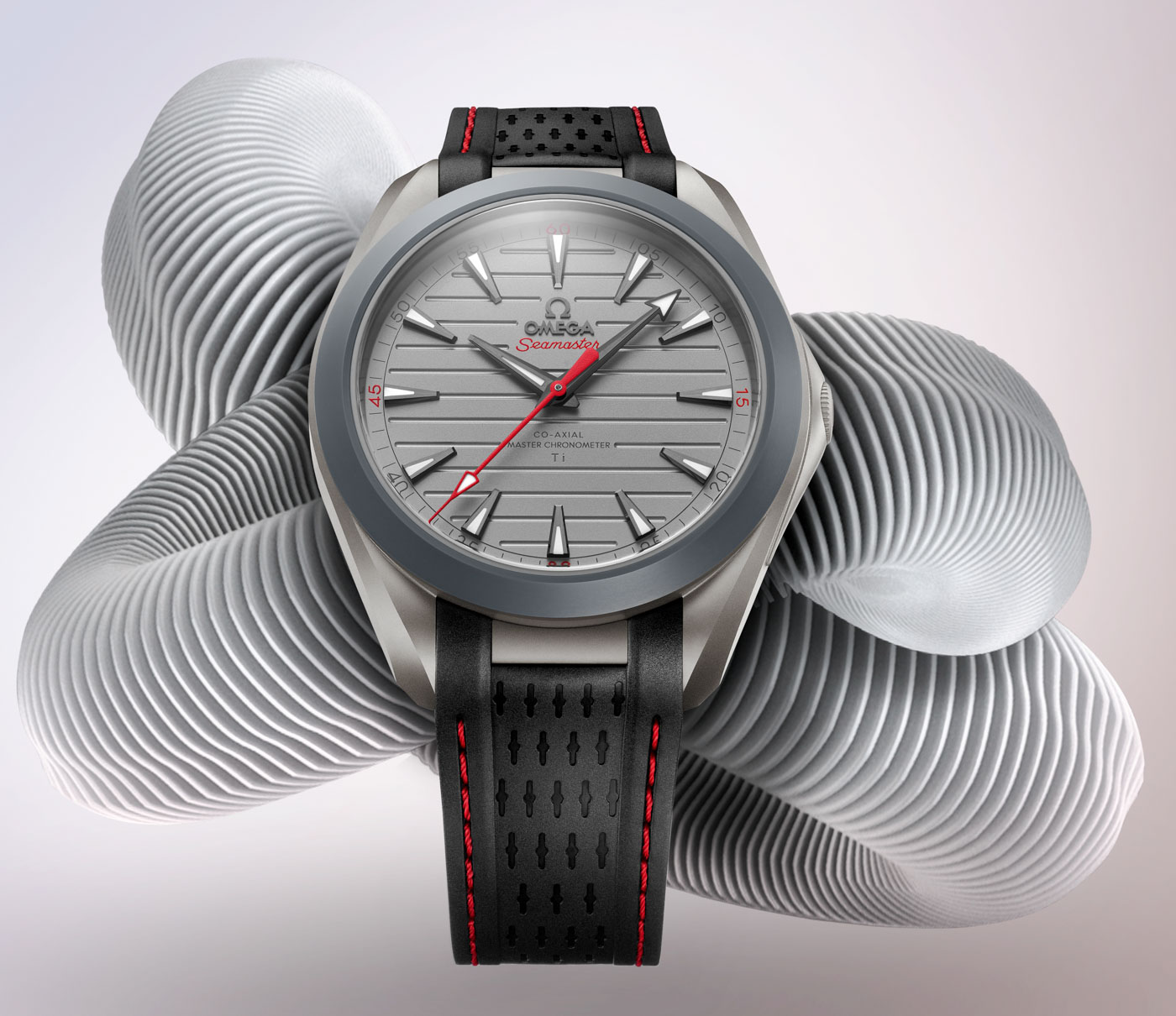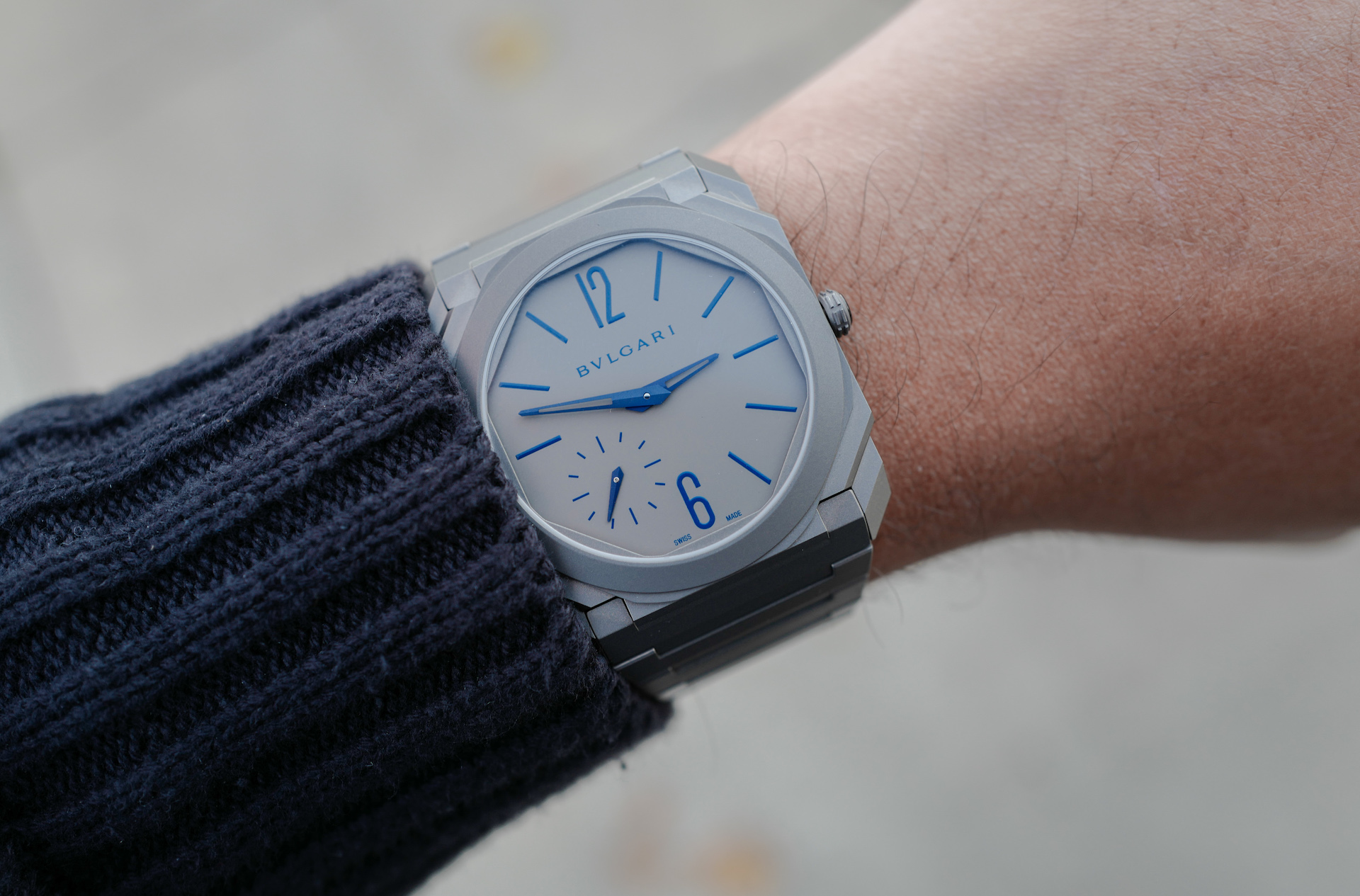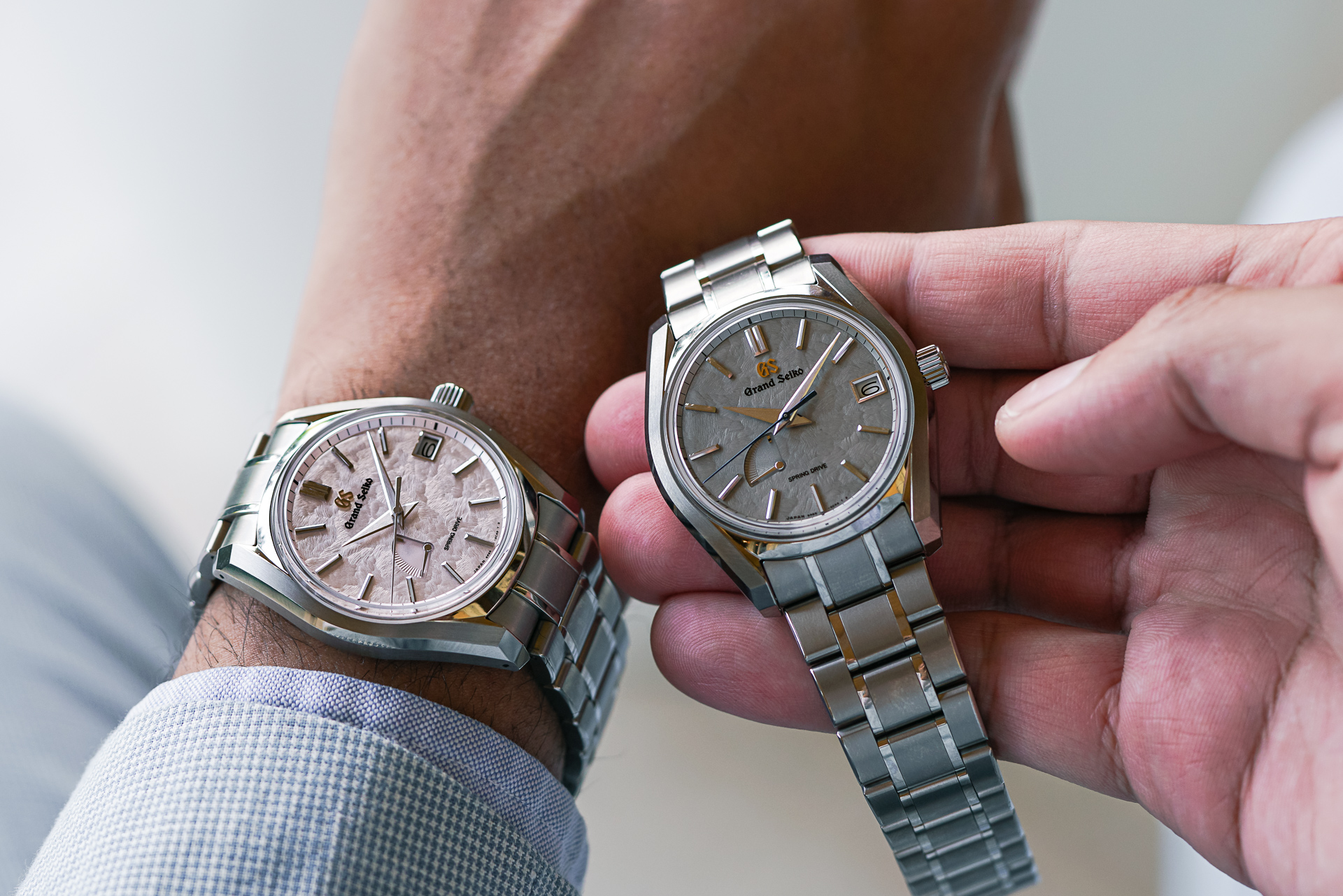 Few metals induce the sheer amount of nerdery that the simple utterance of titanium invokes. Mention steel or aluminum and the response is “meh.” Gold or platinum? Sure, you’ll get some interest and maybe a touch of lust or disdain, depending on your audience. But titanium? Time to nerd out. Some were initiated into the geekery of titanium through a fascination with space travel and the aerospace industry, others through its ubiquitous application in high-end knives and other pieces of every day carry (EDC). Yet still others, like me, were inducted into the cult of titanium through sports equipment and, especially, cycling.
Few metals induce the sheer amount of nerdery that the simple utterance of titanium invokes. Mention steel or aluminum and the response is “meh.” Gold or platinum? Sure, you’ll get some interest and maybe a touch of lust or disdain, depending on your audience. But titanium? Time to nerd out. Some were initiated into the geekery of titanium through a fascination with space travel and the aerospace industry, others through its ubiquitous application in high-end knives and other pieces of every day carry (EDC). Yet still others, like me, were inducted into the cult of titanium through sports equipment and, especially, cycling.
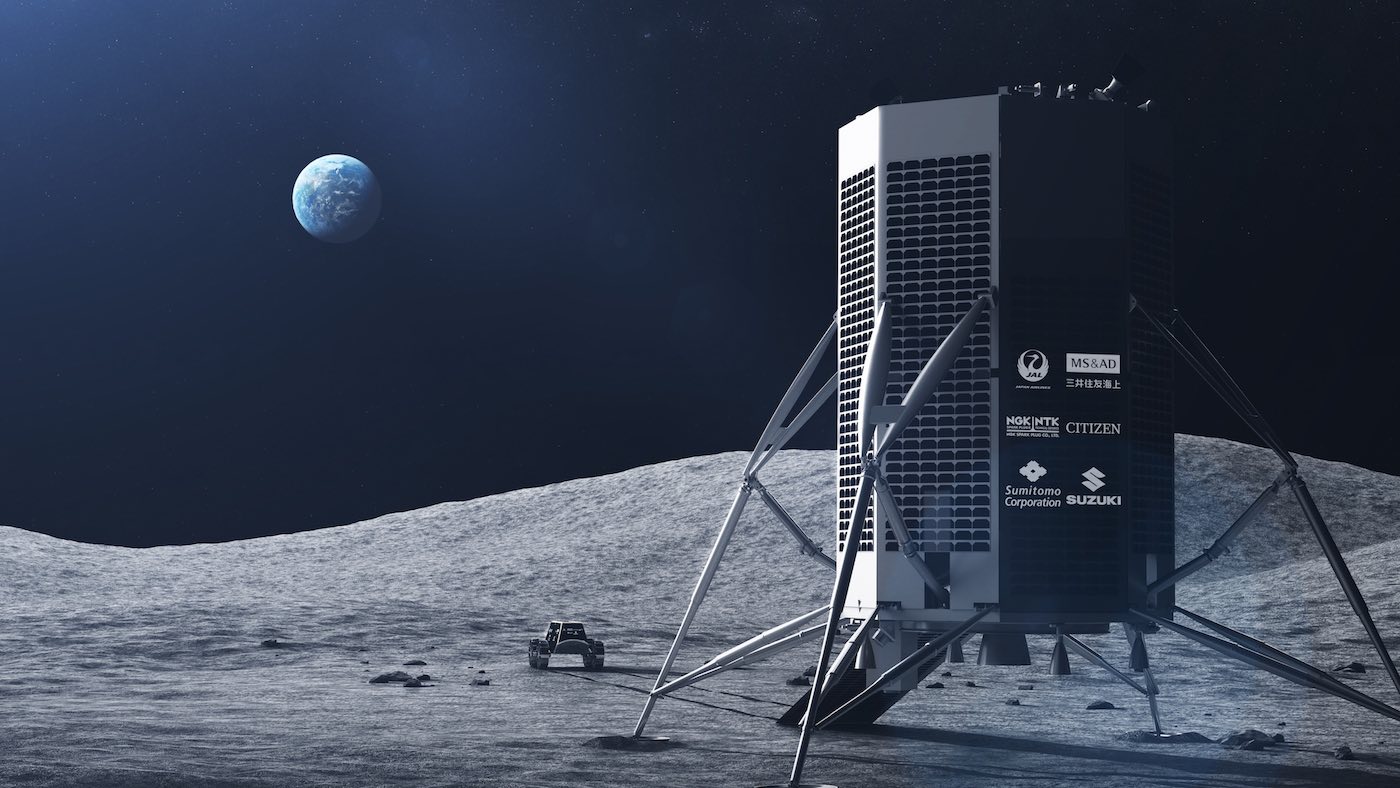 Back in the 90s, the mountain bike scene was dominated by day-glo spandex, terrible suspension designs, anodized purple everything, and, if you were the raddest of the rad, you had a titanium mountain bike. Sadly, I was not so rad, but my big brother was and, man-oh-man, I envied his Litespeed titanium bike. Lightweight, strong, and with a deep gunmetal luster that only came from titanium. (Painting titanium was, and still is, blasphemy of the highest order). Though aerospace, EDC, and mountain biking seem to have little in common, the unifying feature is a desire for materials that are strong, lightweight, corrosion-resistant, and yet workable with relatively standard equipment for machining and attainable at a non-astronomic price. (To be clear, titanium is more difficult to work with and is more expensive than standard steel.)
Back in the 90s, the mountain bike scene was dominated by day-glo spandex, terrible suspension designs, anodized purple everything, and, if you were the raddest of the rad, you had a titanium mountain bike. Sadly, I was not so rad, but my big brother was and, man-oh-man, I envied his Litespeed titanium bike. Lightweight, strong, and with a deep gunmetal luster that only came from titanium. (Painting titanium was, and still is, blasphemy of the highest order). Though aerospace, EDC, and mountain biking seem to have little in common, the unifying feature is a desire for materials that are strong, lightweight, corrosion-resistant, and yet workable with relatively standard equipment for machining and attainable at a non-astronomic price. (To be clear, titanium is more difficult to work with and is more expensive than standard steel.)

Though I’ve never managed to purchase a titanium bike and, sadly, have no hope of traveling into space on a titanium-framed spacecraft, I’ve sated my desire for this wonder metal by owning several titanium watches, and I hope to convince you that it’s worth at least considering titanium as a case material for your next purchase.
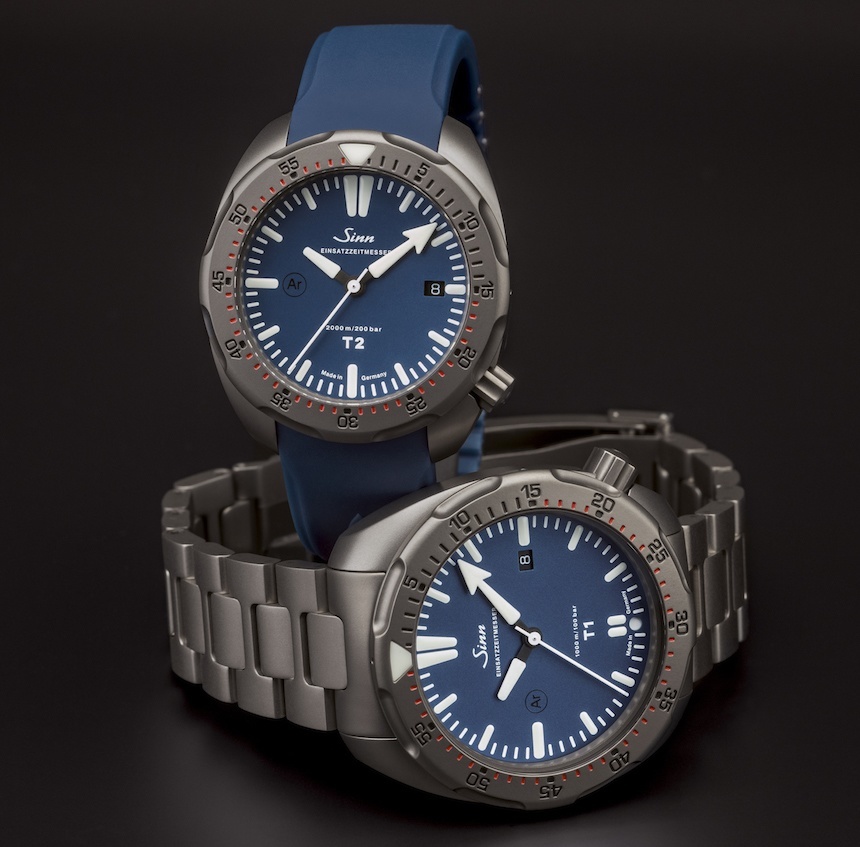
Before we jump into reasons for considering a titanium watch, it’s important to note that there are different forms and grades of titanium, most formulated for specific industrial applications. For watches, the most common forms are Grade 2 and Grade 5 titanium. Grade 2 is “commercially pure” titanium and provides light weight and corrosion resistance but isn’t quite as strong as alloys like Grade 5. Grade 5, or Ti 6Al-4V, is titanium alloyed with 6% aluminum and 4% vanadium. The resultant alloy increases strength, as well as heat and corrosion resistance. In pricier watches, expect Grade 5.
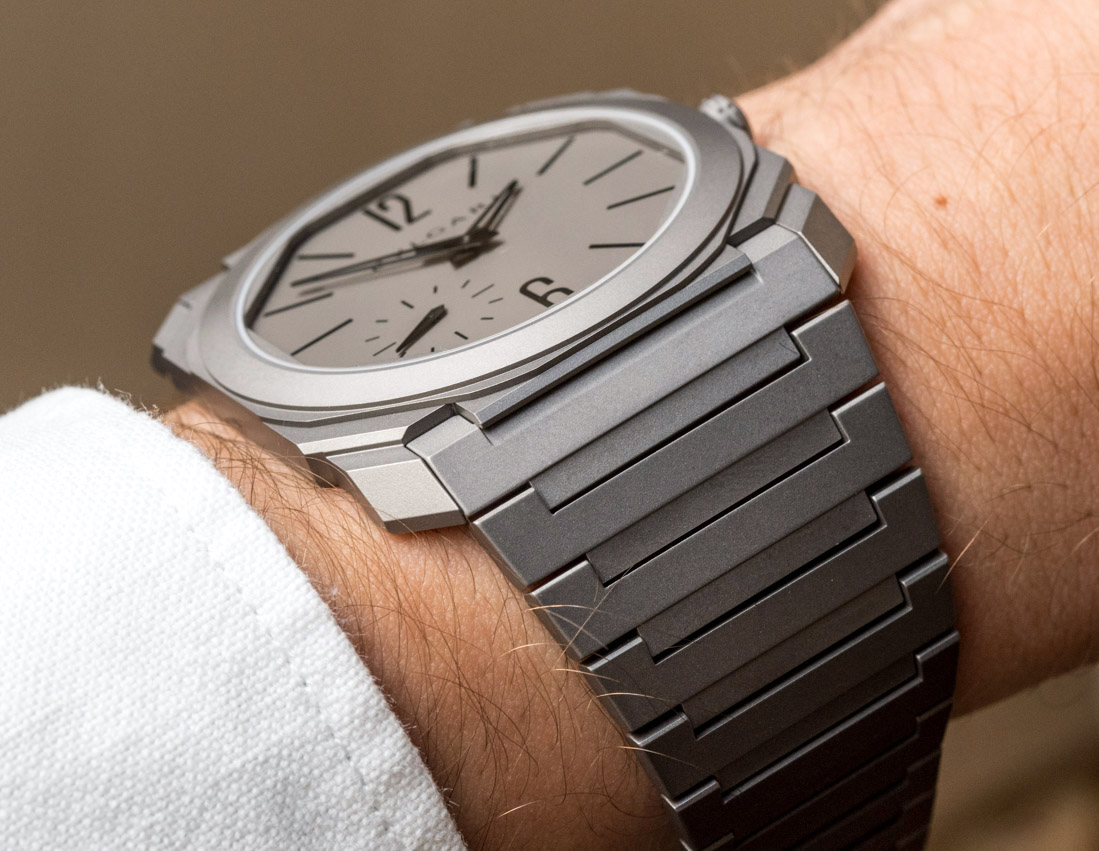
Light Weight
Coming in at 4.5g/cm3, the density of titanium is significantly lower than that of the ~8.0g/cm3 stainless steel. What this means in real-world terms is that titanium will wear quite noticeably lighter on the wrist. To put this into perspective, a titanium Grand Seiko SBGA211 (Snowflake) weighs roughly 100g compared to 131g from a Rolex Oyster Perpetual 39. While a 31g might not seem like much, the difference is amplified in larger watches like divers; compare the 157g Tudor Pelagos to a 212g Rolex Sea-Dweller.
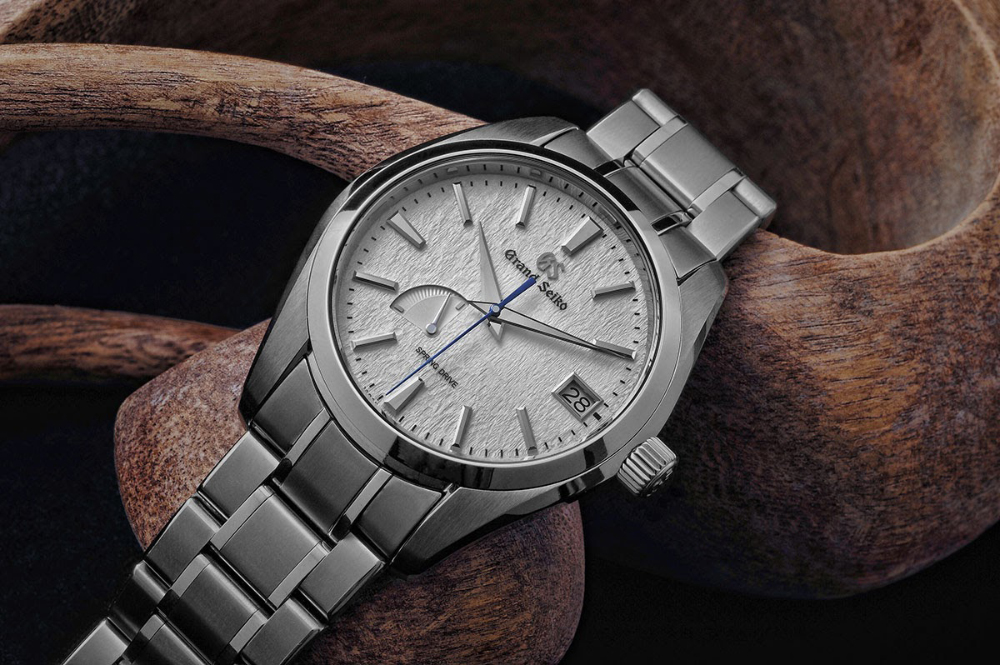 If you’re used to heavier stainless-steel watches (or precious metal watches, for that matter) the light weight of titanium can be disconcerting, at first. Indeed, many people subconsciously equate wrist heft with quality, so it can take a bit of time to overcome that preconception. Once you get used to the light weight and comfort of a titanium watch, it can actually be quite a shock the next time you strap on a stainless-steel watch.
If you’re used to heavier stainless-steel watches (or precious metal watches, for that matter) the light weight of titanium can be disconcerting, at first. Indeed, many people subconsciously equate wrist heft with quality, so it can take a bit of time to overcome that preconception. Once you get used to the light weight and comfort of a titanium watch, it can actually be quite a shock the next time you strap on a stainless-steel watch.
Despite its light weight and low density, titanium is extremely strong, with a rating of ~1000 MPa for Grade 5 (roughly five times stronger than most steels), which explains its use in the aerospace industry. To be fair, most of us aren’t going to subject watches to the kind of stress titanium can withstand, but it’s good to know we can.
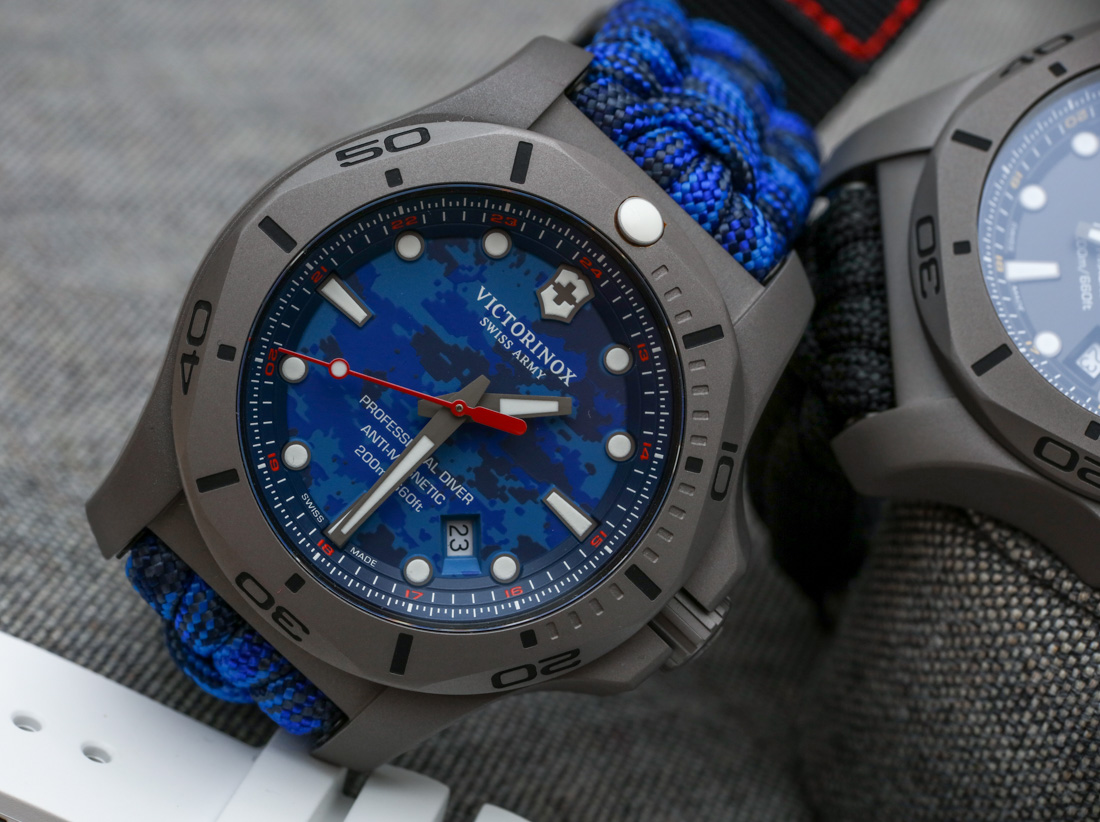 Titanium is also hard, with a Vicker’s rating of roughly 350 HV compared to the typical 150-200 HV of stainless steel. This might seem counter-intuitive since, in practical daily use, titanium seems to scratch more easily than stainless steel. However, this is because titanium naturally forms an oxide layer on the surface, which can scratch relatively easily. The upside is that a quick touch up with a fiberglass pen makes surface scratches disappear.
Titanium is also hard, with a Vicker’s rating of roughly 350 HV compared to the typical 150-200 HV of stainless steel. This might seem counter-intuitive since, in practical daily use, titanium seems to scratch more easily than stainless steel. However, this is because titanium naturally forms an oxide layer on the surface, which can scratch relatively easily. The upside is that a quick touch up with a fiberglass pen makes surface scratches disappear.
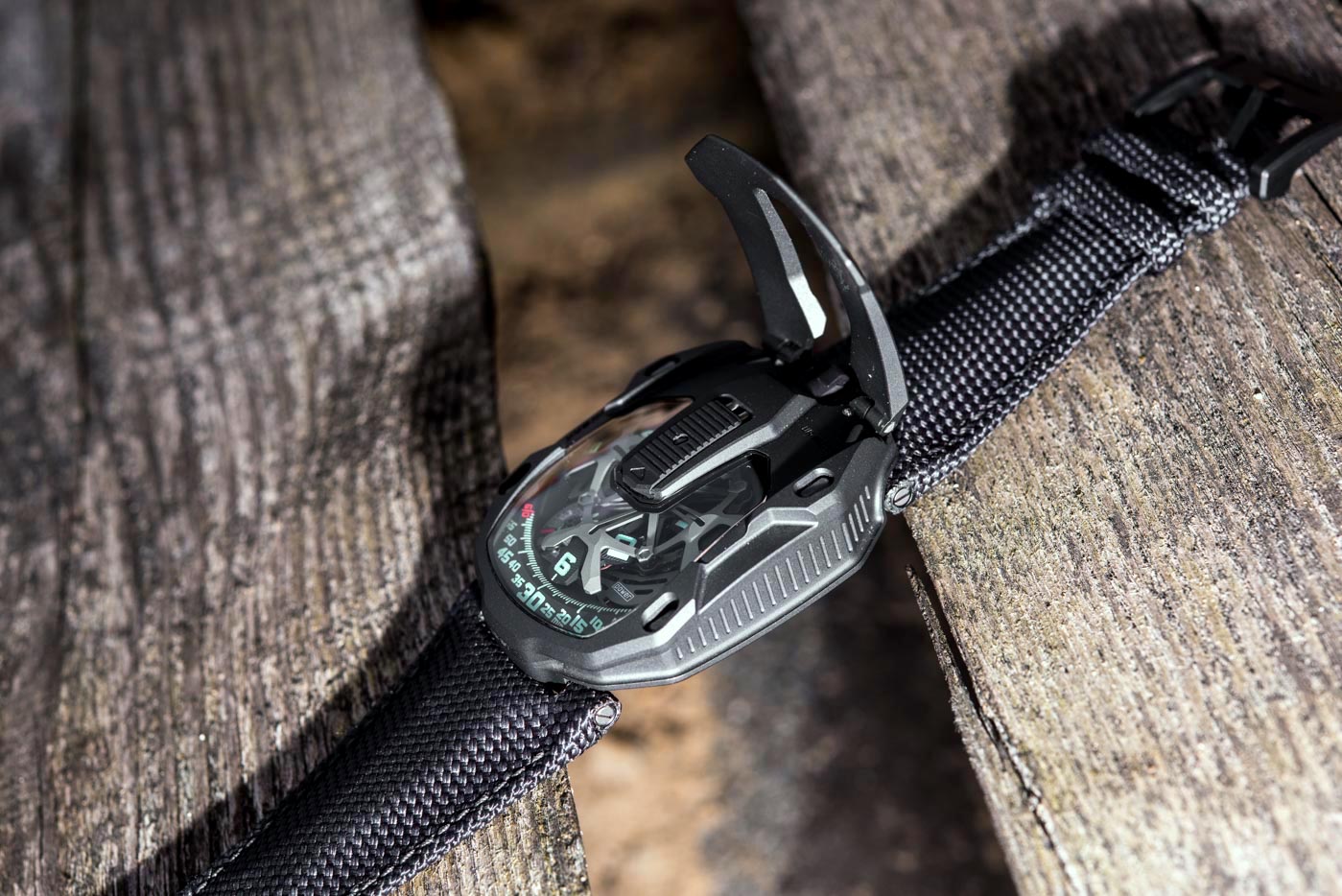 Hypoallergenic
Hypoallergenic
This one’s pretty self-explanatory, but if you have a nickel allergy and have trouble with steel, titanium is a solid option. In addition to the lack of nickel in common titanium alloys (e.g., Grade 5), that natural oxide layer on the surface doesn’t react with the human body — one of the reasons titanium is a go-to for medical applications, like replacement hips and bone pins.
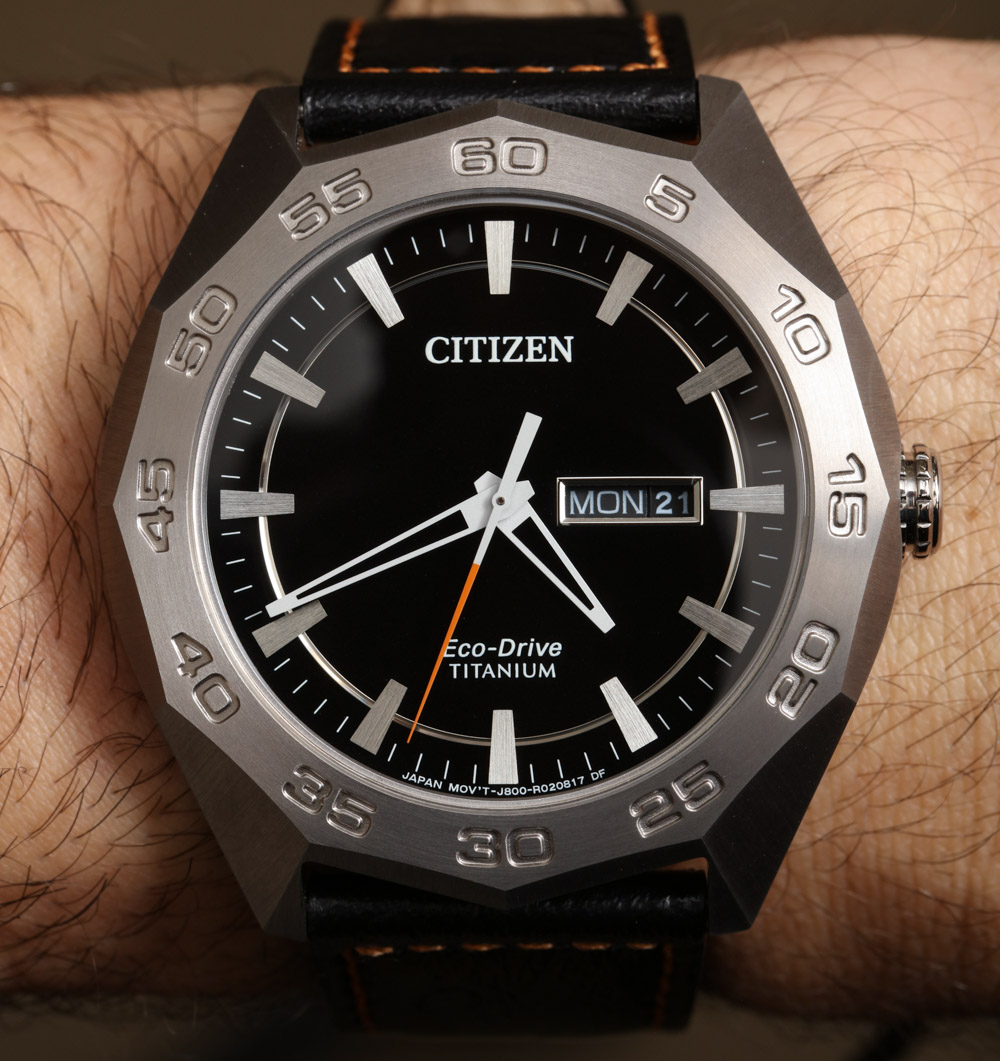 Non-Corrosive
Non-Corrosive
Though modern steels are pretty impressive when it comes to corrosion resistance, titanium is almost impossible to beat; only zirconium is more resistant to corrosion. Titanium’s only Kryptonite is nitric acid, so unless you’re working in a chemistry lab and ignoring standard safety protocols (shame on you), your watch is safe. Suffice it to say, your titanium watch is not going to rust, which is one reason titanium is a popular choice for dive watches designed to be subjected to frequent immersion in saltwater.
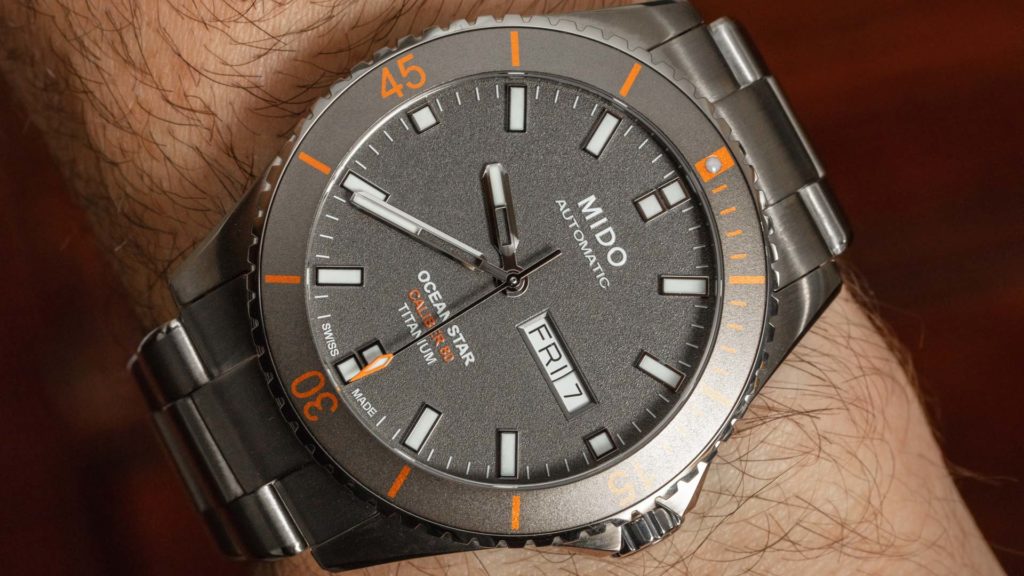 Color and Patina
Color and Patina
This one is absolutely subjective, but titanium tends to have a darker gray hue, enhanced by a layer of oxidation (patina) that forms on the surface. For tool watches like divers, this can provide a distinctive, masculine appearance. That said, titanium does polish up nicely, as Grand Seiko clearly demonstrates by way of to a bit of zaratsu polishing. (Grand Seiko is a big fan of titanium and not afraid to blur boundaries between sport and dress.)
Titanium has much lower thermal conductivity compared to other metals. In practical terms, this means that it won’t feel quite so chilly when you slip it on in the morning after a cold night or quite so hot when you leave it on your beach chair when you’re out for a dip (probably a bad idea, in any case). It’s one of those things you usually don’t think about, but once you pay attention, it’s an interesting difference in properties between the metals.
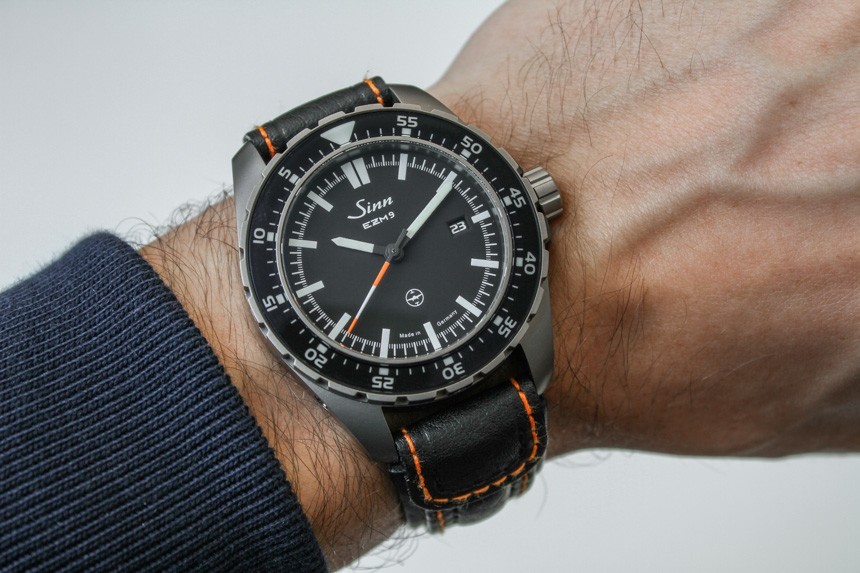 Hardening
Hardening
Though not quite as common as hardened steels, titanium can also undergo a hardening process; for example, Sinn uses its tegiment (surface-hardening) process to enhance scratch resistance and durability by increasing the surface hardness up to 1,200 Vickers.
At the lower end of the price spectrum, say, in the couple hundred dollar range, there’s often a slight upcharge for titanium, but once you closer to $1000, there’s typically no difference in price between comparable stainless steel and titanium options. So, if these attributes of titanium watches appeal to you, the nice thing is that there’s little or no price penalty associated with giving titanium a shot.

